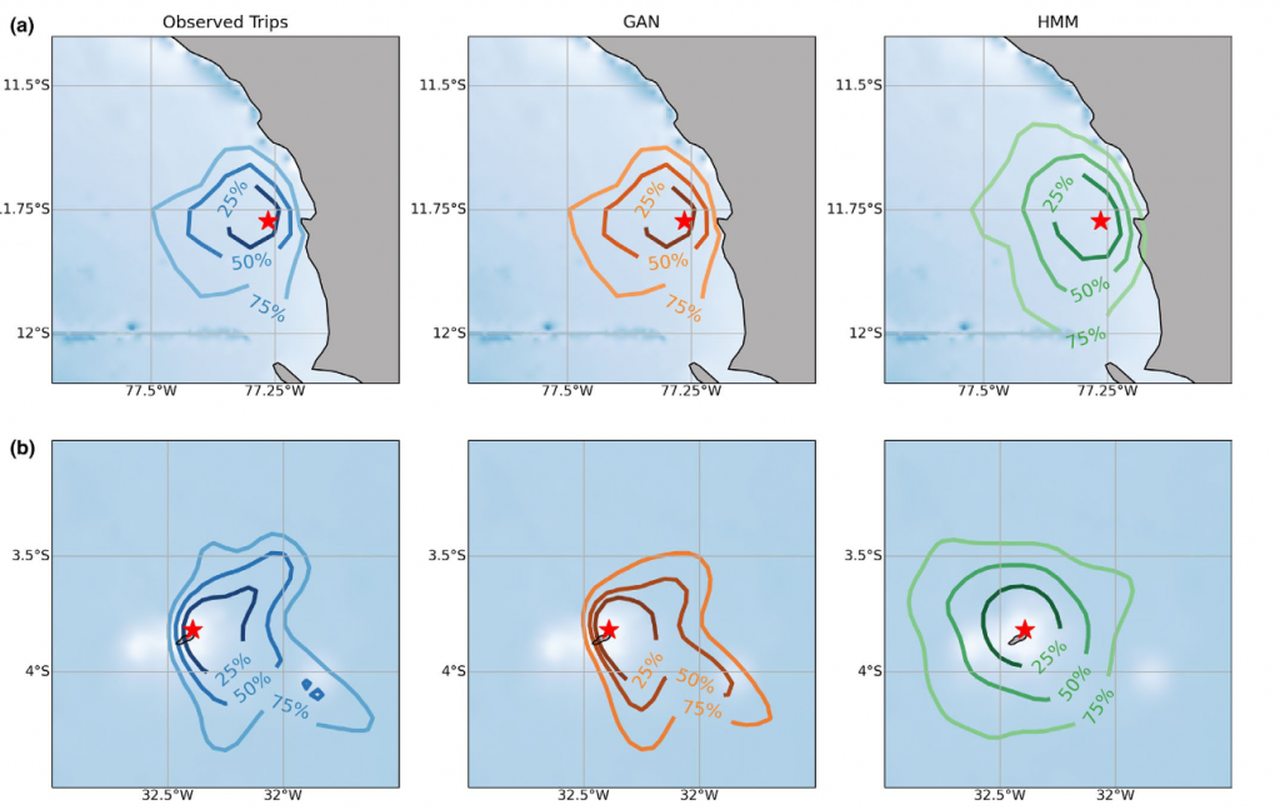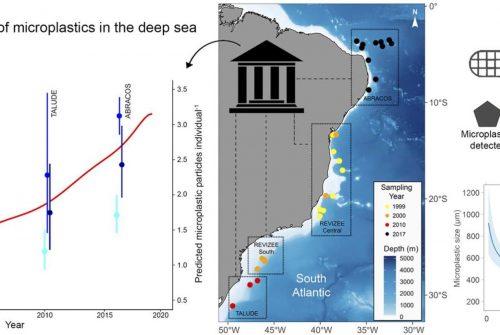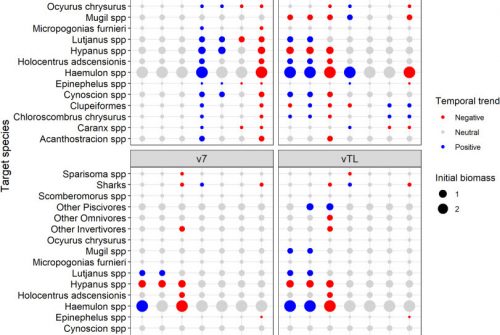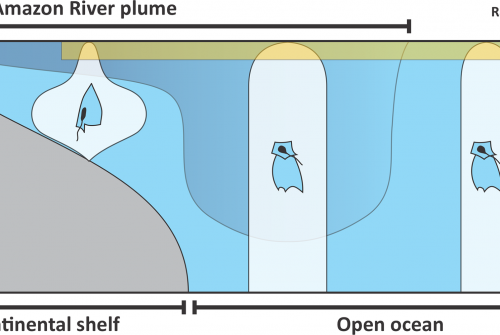
- relatively large amounts of animal trajectories. Modelling such trajectories may contribute to explaining the mechanisms underlying observed behaviours and to clarifying ecological processes at the scale of the population by simulating multiple trajectories. Existing approaches to animal movement modelling have mainly addressed the first objective, and are often limited when used for simulation purposes. Individual-based models generally rely on ad hoc formulation and their empirical parametrization lacks generability, while random walks based on mathematically sound statistical inference typically consist of first-order Markovian models calibrated at the local scale which may lead to overly simplistic description and simulation of animal trajectories.
- We investigate a recent deep learning tool—generative adversarial networks (GAN)—to simulate animal trajectories. GANs consist of a pair of deep neural networks that aim to capture the data distribution of some experimental dataset. They enable the generation of new instances of data that share statistical properties. This study aims at identifying relevant deep network architectures to simulate central-place foraging trajectories, as well as at evaluating GANs drawbacks and benefits over classical methods, such as state-switching hidden Markov models (HMM).
- We demonstrate the outstanding ability of deep convolutional GANs to simulate and to capture medium- to large-scale properties of seabird foraging trajectories. GAN-derived synthetic trajectories reproduced the Fourier spectral density of observed trajectories better than those simulated using HMMs. However, unlike HMMs, GANs do not adequately capture local-scale descriptive statistics, such as step speed distributions.
- GANs provide a new likelihood-free approach to calibrate complex stochastic processes and thus open new research avenues for animal movement modelling. We discuss the potential uses of GANs in movement ecology and future developments to better capture local-scale features. In this context, embedding HMM-based priors in GAN schemes appears as a promising research direction.
DOI: doi.org/10.1111/2041-210X.13853
Reference
Roy, A., Bertrand, S. L., & Fablet, R. (2022).








